All about the wooden crate
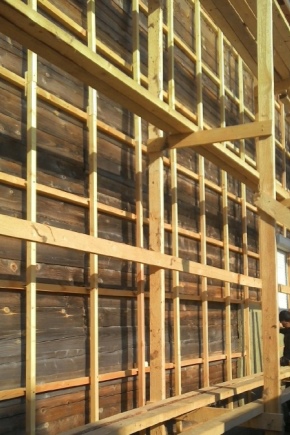
The lathing is a very important assembly component that can be assembled from various materials. Most often, a metal profile or wood is used for these purposes. It is about the wooden crate that we will talk about in this article.

Advantages and disadvantages
Wood lathing is often used in many construction and decoration works. These structures are installed both inside and outside buildings, and in basement areas and in attics. Many people prefer just such mounting bases, and not a profile crate or bases made of metal suspensions.
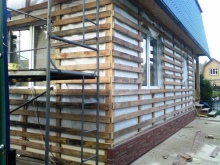
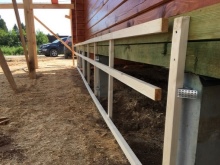
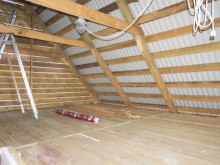
This is not surprising, because wooden structural bases have a lot of positive characteristics.
-
One of the most significant advantages of timber frame structures is the ease of installation. The lathing in question is designed very simply.
-
Wooden structures are attractive for their environmental friendliness.
-
You don't have to buy expensive materials to assemble a wooden crate.
-
A well-assembled and processed wooden structure is designed for many years of trouble-free operation.
-
Such structures can be built for a variety of purposes. Often it is the wooden lathing that is designed for facade cladding or interior wall decoration. Even when installing the roof, such structures are used with an enviable frequency.
-
Wood lathing can be designed for the installation of a wide variety of building and finishing materials. For example, it can be gypsum plasterboards or other tiled coatings.
-
The considered frame structures are lightweight.
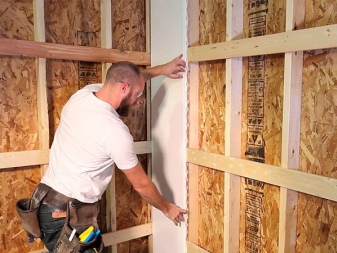

Unfortunately, the wooden crate is famous not only for its advantages, but also for its disadvantages. Some of them are quite serious.

Before installing such a structure, it is advisable to familiarize yourself with all its shortcomings.
-
Wood is a material that is susceptible to dampness. Under the influence of moisture, the natural material begins to swell and can deform. This happens especially often with structures installed in the basement areas of buildings.
-
In order for the bars, from which the frame structure is built, to demonstrate the maximum service life, they must be treated with special antiseptic solutions. These activities require additional funds and a waste of time.
-
The natural material in question is quite demanding on the conditions in which it is stored.
-
If the parts from which the crate was assembled were not previously properly dried, then they will certainly undergo rapid shrinkage.
-
Materials for such a crate must be selected very carefully, since even among high-quality bars, defective specimens may come across.
-
Wood is a flammable and fire hazardous material. Moreover, such a crate will actively support the flame.

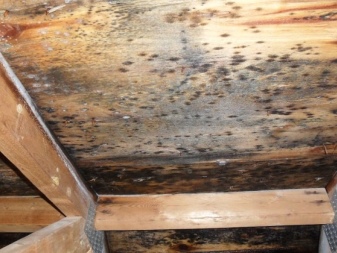
Choice of timber
Before starting installation work, it is very important to choose the right timber. To solve these problems, bars with a section of 40x40 or 50x50 mm are best suited. Popular sizes are 2x4 cm. Of course, you can use materials of other dimensions, but at the same time they must be characterized by high strength in order to withstand the weight of the finishing material, which will be installed on the crate later.It is necessary to select, indeed, high-quality wood, starting from several basic criteria.
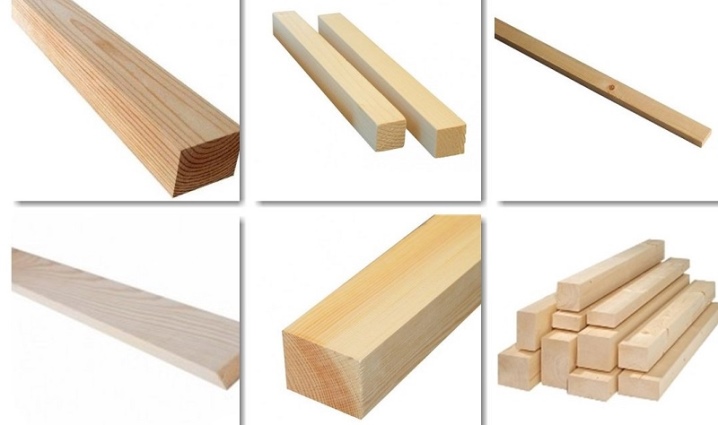
Let's find out about the most important ones.
-
Humidity level. The wood under the frame structure must be fully dried so that the designed lathing does not shrink when it is already in the wall.
-
Compliance with dimensional parameters. Both the length indicators and the cross-section of the bars must completely coincide with the dimensions indicated in the accompanying documentation.
-
Evenness of details. High-quality bars for mounting the base in question must have perfectly flat surfaces, or they must be leveled in advance. They should not have bends, sharp drops and other prominent areas.
-
No defects. To assemble the lathing, you need to select such bars that do not have a large number of knots, hints of mold or dark spots on their surface.
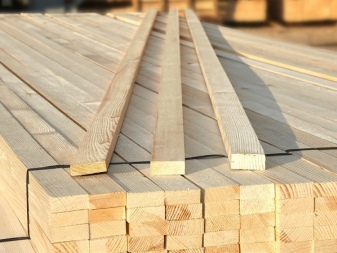
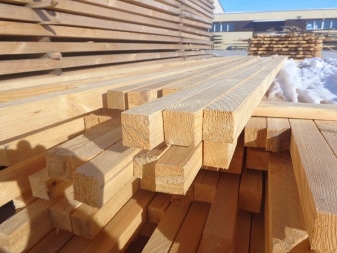
It is highly recommended to choose wood types that are characterized by a long service life and maximum moisture resistance to create a frame.
For example, natural larch meets these requirements.
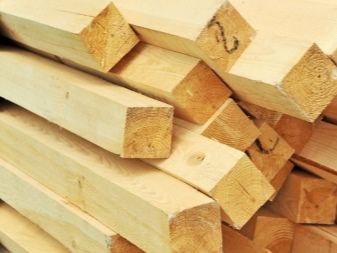
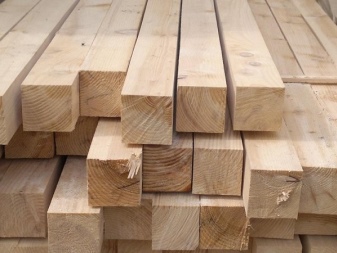
What else do you need to install?
To correctly install the lathing of wooden bars, use:
-
hammer drill;
-
screwdriver;
-
saw for woodwork;
-
hammer;
-
puncher;
-
building level (the most convenient are bubble and laser devices);
-
roulette;
-
nails and screws.
In addition, it is necessary to make the correct calculation of the future structures that you will need to install. You can draw up a detailed diagram with drawings.


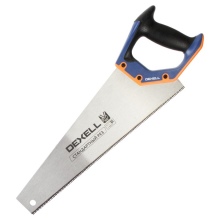
Stages of installation of the lathing
Let's take a closer look at what stages the process of fixing a wooden lathing on brick, concrete or other bases will consist of.
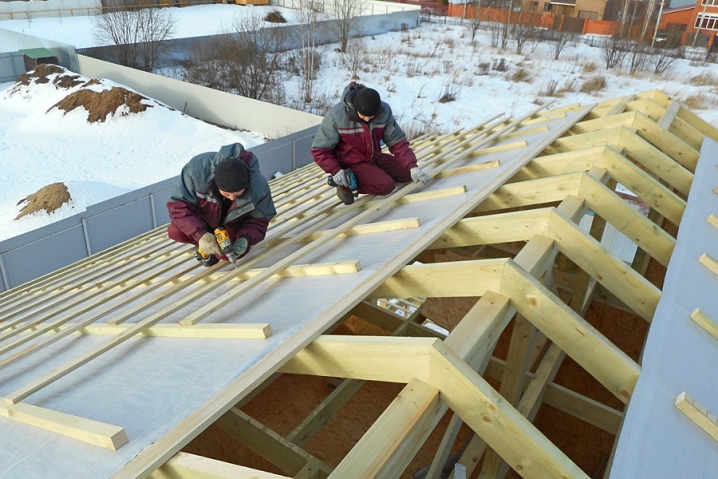
To the ceiling
We will learn how to properly mount a wooden lathing on a ceiling base.
-
To start installation, all wooden parts must be coated with antiseptics or special antifungal solutions. Application of fire retardant mixtures is acceptable. It is necessary to allow the tree to acclimatize indoors. To do this, the bars are laid out on the floor and wait a couple of days.
-
Make a surface markup. The spacing between the installed bars will depend on the size of the material that will be mounted on the batten.
-
When all the preparatory work is completed, you can fasten the bars. First, the slats are installed around the perimeter of the ceiling. They must be fixed both to the ceiling and to the walls. The tree should be nailed onto the dowel-nails. Having installed the materials around the perimeter, you can fix them around the rest of the area. After completing the installation of all ceiling elements, you can proceed to further work
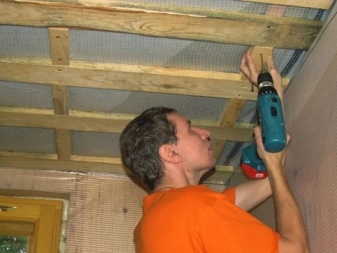

On the wall
Let's consider what stages the installation of the lathing on the wall consists of.
-
On the wall, a board or timber must be installed strictly vertically. Fastening is carried out by means of self-tapping screws or long dowels. The installation pitch should be standard for the material with which it is planned to sheathe the grating. It can be drywall or PVC panels. And also it can be a lining, for which a sliding crate is usually assembled.
-
Subsequently, the joining of the sheet coverings will take place in the center of the bars. A strict vertical and a correct step are required here.
-
If the lathing base on the walls is made for plastic or plasterboard sheets, then it should provide for the presence of horizontal parts. This means that the timber must also be screwed to the wall along the ceiling and floor.
When installing the lathing on the walls, wooden parts also need to be treated with protective compounds.
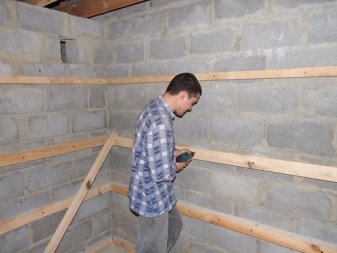

On the floor
The lathing from the bars can also be assembled on the floor in the house. Let's figure out how it needs to be correctly assembled using the example of a base on load-bearing beams.
-
First, the possible curvature of the upper surfaces of the load-bearing beams is determined. Deviations are eliminated.
-
Then control measurements are taken.It is necessary to determine the location of the battens in accordance with the chosen pitch of the battens.
-
Next, prepare the installation pieces for installation under the battens of the crate.
-
In place, you need to fix the extreme slats. Their position is being checked. These details must be fixed at each of the beams.
-
When the slats are installed and support is made to each beam, they need to be nailed to the top half of each beam from the side using nails crosswise. 3 linear laces are stretched between the extreme slats. The next rail is installed in its place. It is important to check the support according to each of the beams.
-
The slats should be nailed to each beam with cross nails. Here you need to insert the installation chunks. The remaining rails are mounted in the same way.


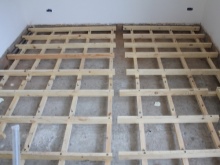
On the roof
Now let's look at how a wooden lathing should be correctly installed on the roof under the metal tile.
-
First you need to make all the necessary calculations and measurements. It is necessary to make the markup for correct installation. It is important to decide in advance what the pitched structure will be (1-pitched, 2-pitched or other).
-
Initially, the fastening of the wooden block should be horizontal, exactly along the eaves. Then the second board is fastened. About 30 cm should remain between it and the cornice. The battens should be attached to the rafters.
-
Then you can install all the other elements of the wooden lathing.
-
It is necessary to ensure a normal flow of water from the eaves. This parameter will depend on the correct laying of the first pair of boards.
When the frame is ready, it can be sheathed with cladding roofing material.
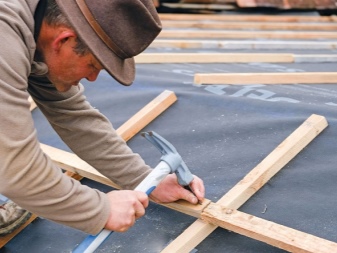

You can learn how to make a wooden lathing on a wall for drywall from the video below.













The comment was sent successfully.